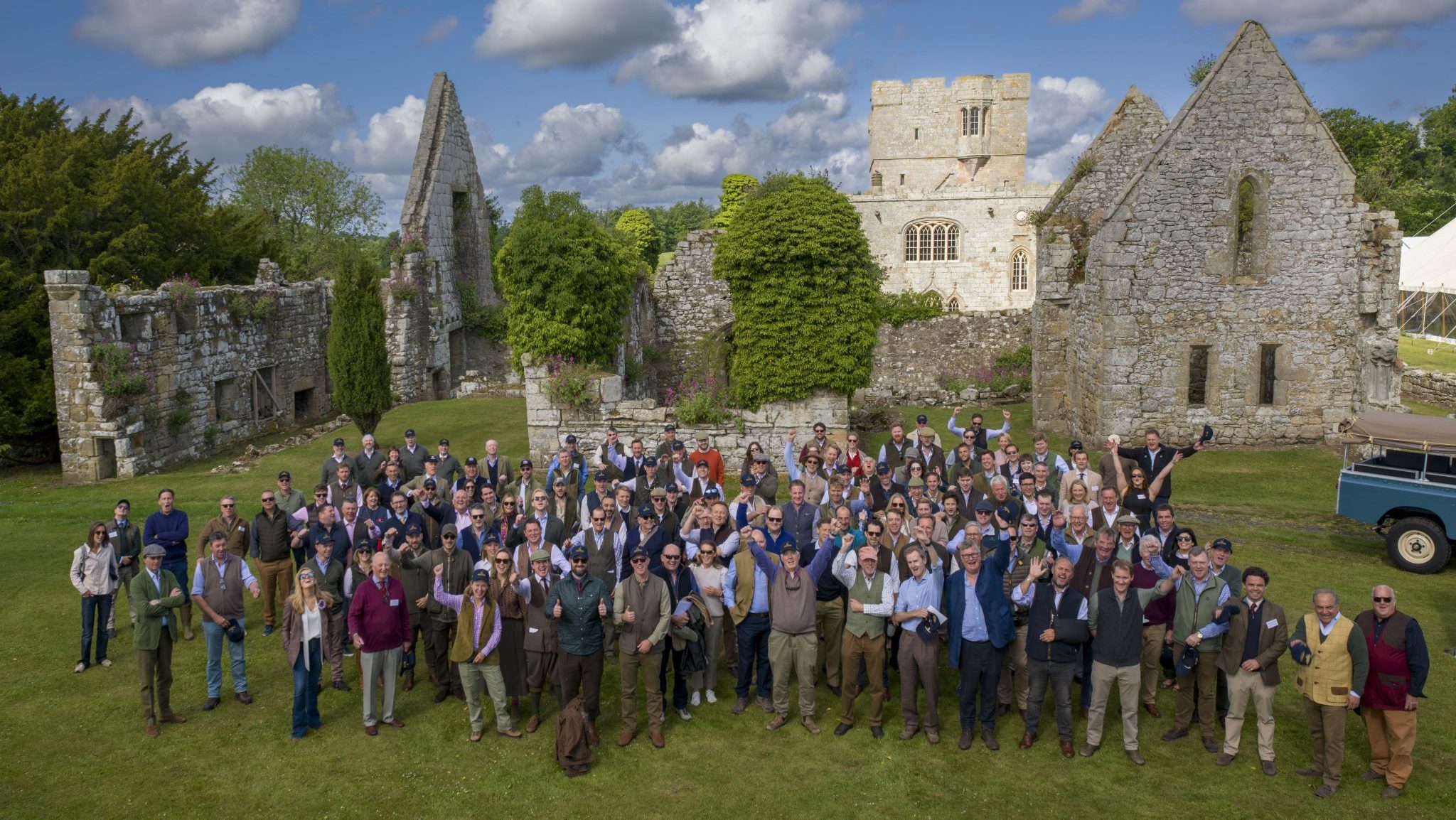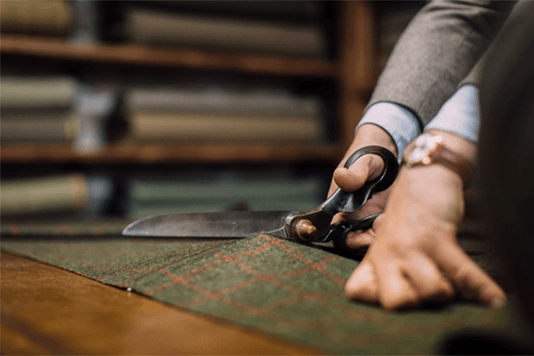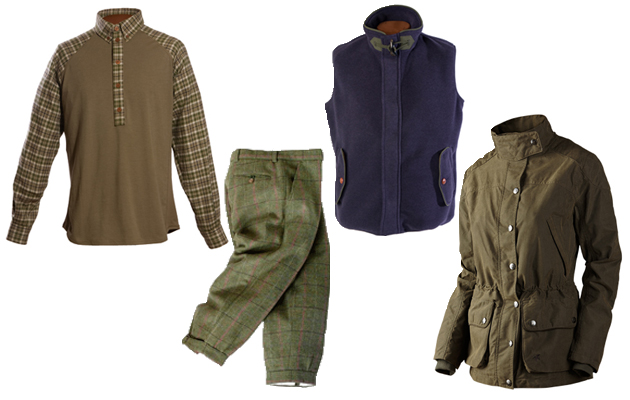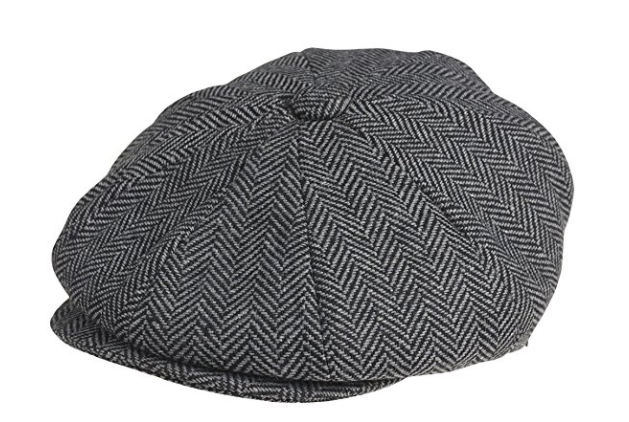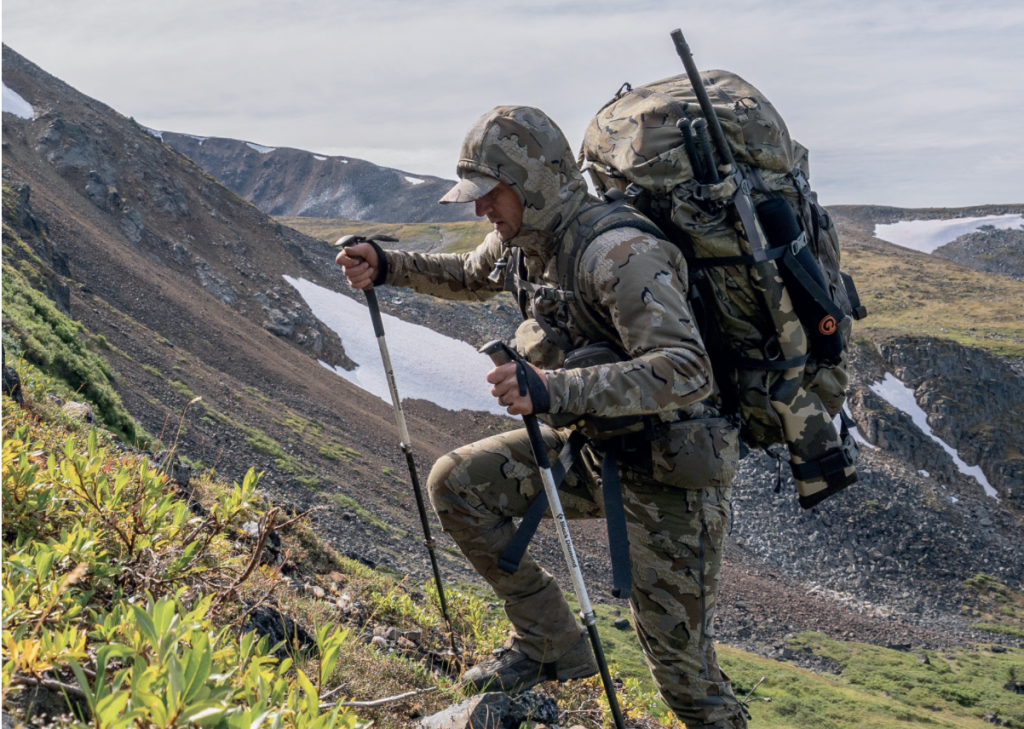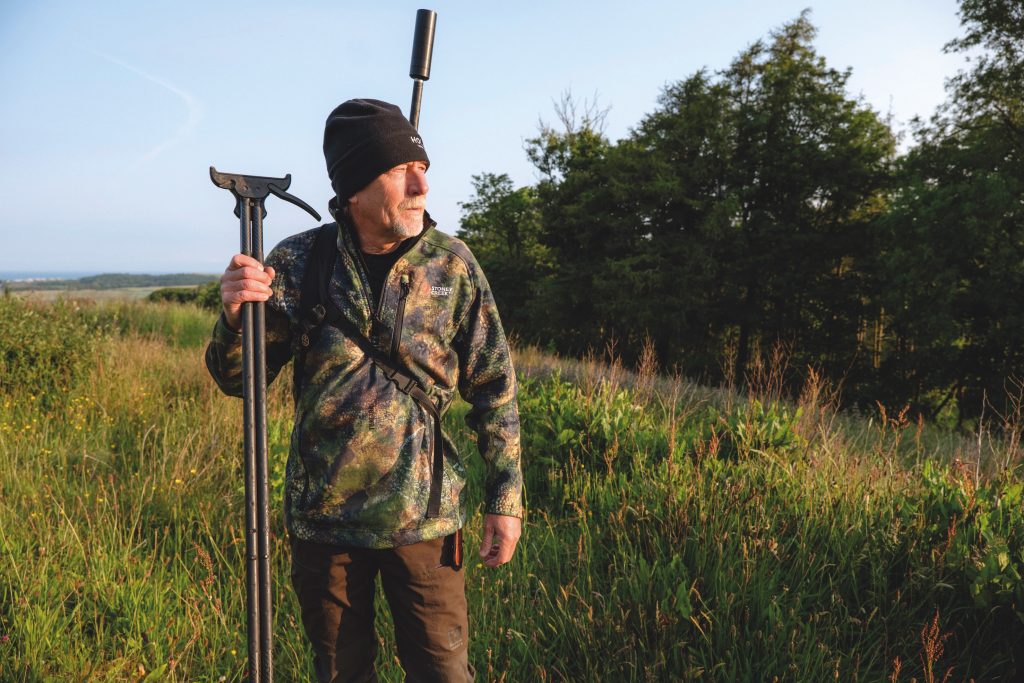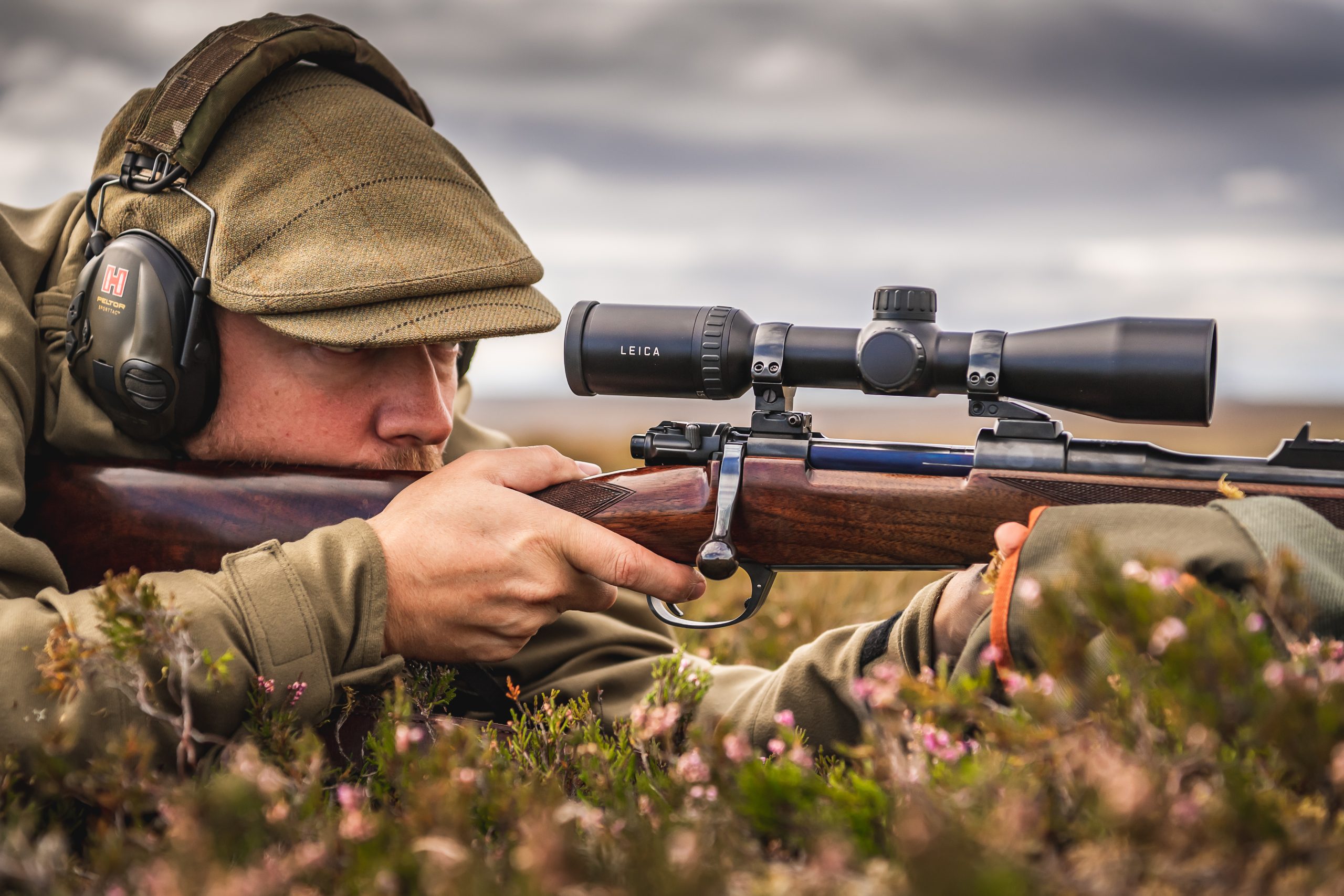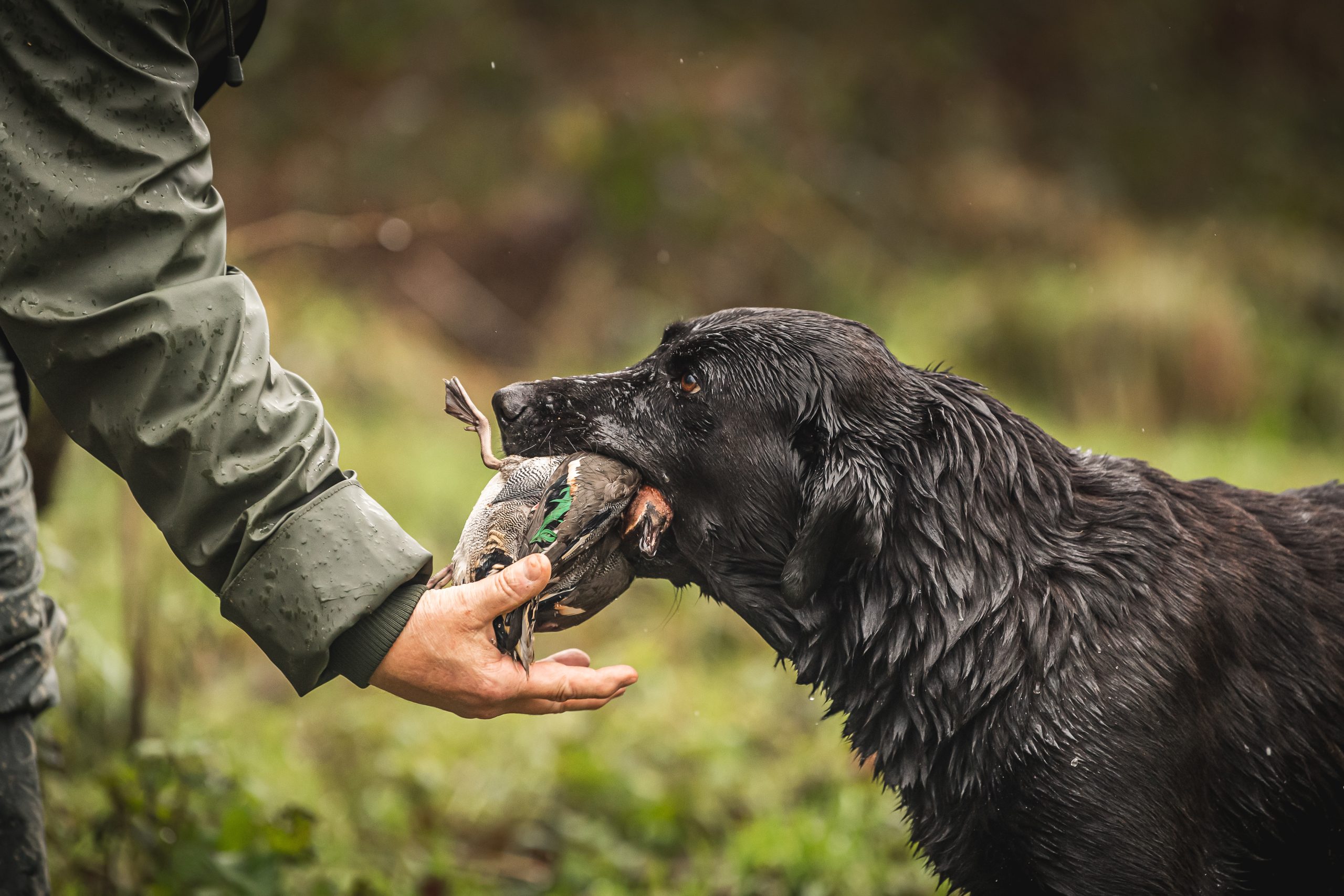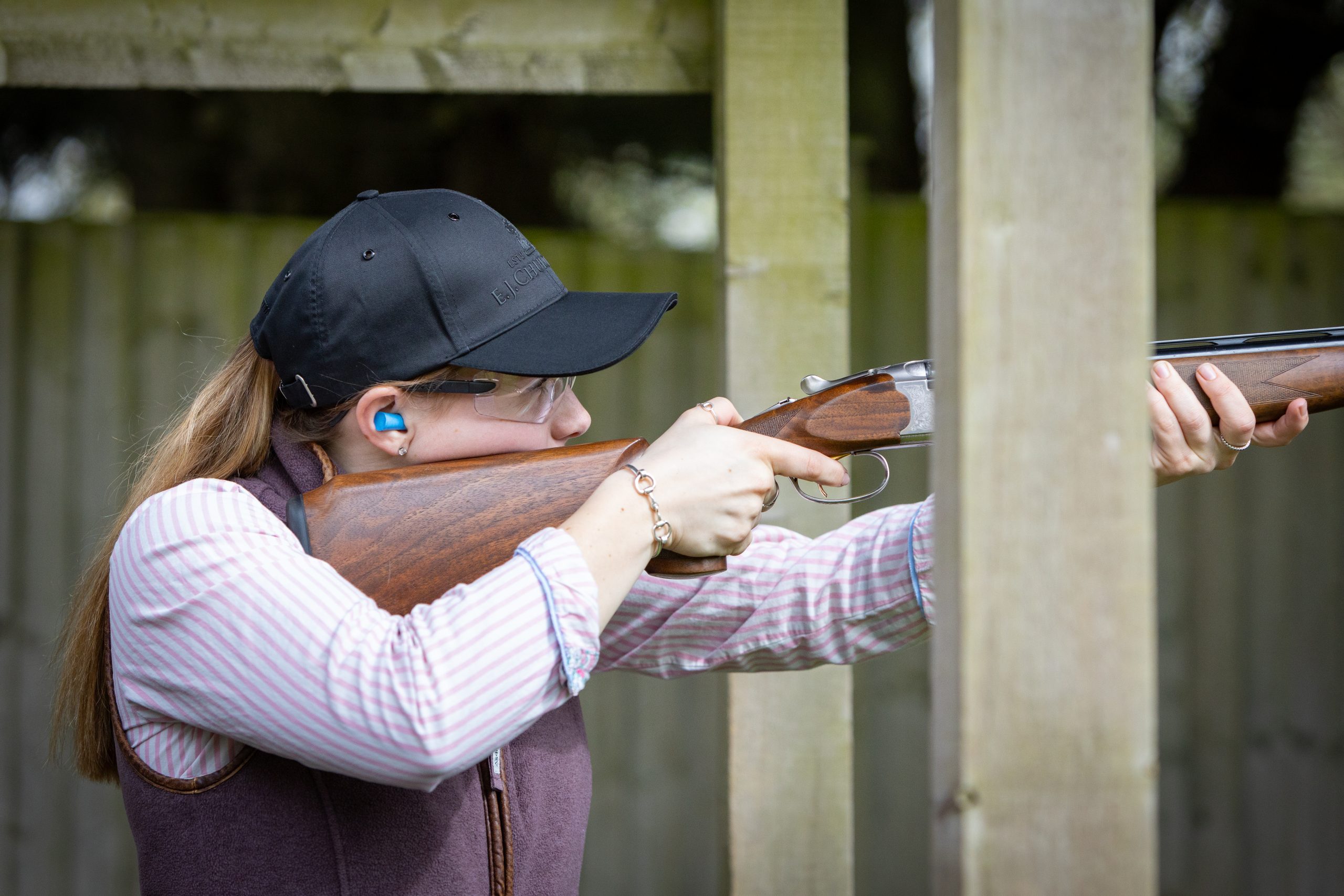Inheriting a pair of Purdeys or a grouse moor? That would certainly delight most keen Shots. But most Shots would…
Gear
Shooting
Why the tweed cap is classic headgear
Who’d have thought it? The humble tweed cap is now a celebrity must-have. Adam Edwards traces its history
Would you like to speak to our readers? We offer sponsored articles and advertising to put you in front of our audience. Find out more.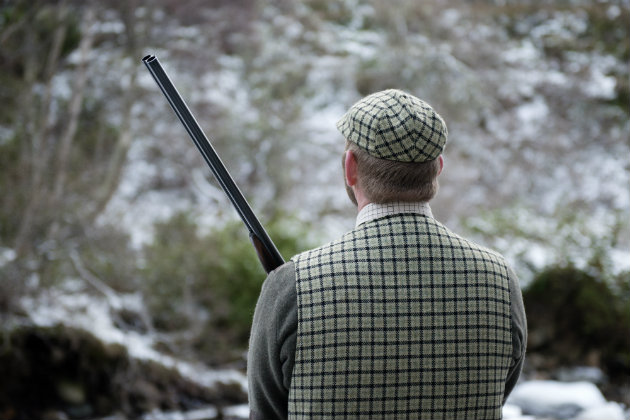
Wear a tweed cap – it’s the law
In 1571, an Act of Parliament ruled that on Sundays and holidays all males over six years of age, except for nobility and persons of degree, were to wear caps of wool manufactured in England or be fined three farthings a day.
It was a bid by Government to breathe new life into the woollen trade. At the end of the 16th century, the law was repealed but by then the short peaked woollen cap had established itself and became recognised as the mark of the rural, and later the urban, working man. (Read our advice on finding the best shooting hat.)
A post shared by A Handful Of Dust (@no_blesse_oblige) on Sep 19, 2017 at 11:57pm PDT
By the turn of the 20th century, Kier Hardie, the first Labour MP, wore his long peaked flat hat as a gesture of working-class solidarity when he arrived at Parliament. Meanwhile, at the other end of the spectrum the cap became fashionable at the grandest Edwardian shooting parties when even royalty wore the humble covering. (Read our list of the best tweed shooting coats here.)
A post shared by Tweed Hat (@tweed_hat) on Dec 22, 2016 at 3:40am PST
Famous tweed cap wearers
- Guy Ritchie
- David Beckham
- Tommy Shelby in Peaky Blinders
- Andy Capp
- HRH the Prince of Wales
- Brad Pitt
- George Clooney
- Idris Elba
- King Edward VIII
- Bob Dylan
- David Gandy
- The Beatles (in the film Help!)
- Alex James
A post shared by POPAGANDA (@popagandagr) on Dec 11, 2017 at 4:45am PST
In 2016, John Lewis reported a rise in flat cap sales by 27% after the first episode of Peaky Blinders was aired. Two weeks later they were up an impressive 83%.
The renowned Shot Albert Edward, then the Prince of Wales, frequently wore one in the royal family’s own tweed when out shooting. Between the two world wars the cloth cap became politically polarised, personified by the Daily Mirrors strip cartoon anti-hero, the chain-smoking, heavy-drinking Andy Capp. It became the mark of the working man as much as the bowler defined the professional classes and the top hat identified the aristocracy.
Shooting kit
Lucy King picks the best shooting kit to suit all budgets including shooting coats, shooting breeks, shooting shirts and fleece…
What to wear shooting
We advise you on what to wear shooting, whether at the clay ground or in the field
After the war, as Britain turned from a manufacturing-based economy to a service economy, the cloth cap largely disappeared. It was helped on its way by Bob Dylan, who always wore one, and the Beatles, who wore them in the film Help!, because the working man did not want to look like a pop star in those days. Only the country tweed number survived, worn by people on shooting sticks and those beating in the woods waving sticks. Occasionally, an out-of-town Sloane Ranger could be seen with one perched on top of her head or a country squire could be witnessed doffing his to the vicar, but to all intents and purpose they had vanished, replaced by the ubiquitous, ugly baseball hat.
Country gear gets fashionable
Then things changed. The trend started with the wax jacket. The weatherworn British shooting coat became fashionable in the 1980’s. Milanese bankers wore the corduroy-collared garment over pinstriped suits, Parisian designers flaunted its tartan lining, while London stockbrokers recognised each other by its cut.
Then the sports jacket was hijacked and given a makeover by New York designer Ralph Lauren. The gilet was adopted by the modelling fraternity, Tattersall shirts appeared on the catwalk and venerable gunmakers started holding spring/summer collections.
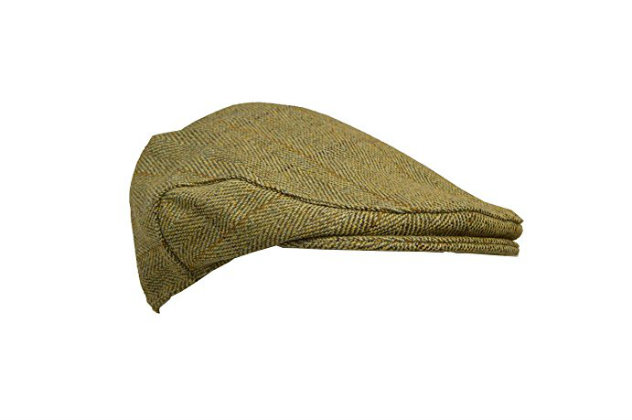
Walker & Hawkes tweed cap
BUY NOW: Tweed Flat Cap from Walker & Hawkes for £12.95 from Amazon
Celebrities have now adopted the former countrymans headwear, particularly those who have spent their new wealth on enjoying fieldsports lifestyle. Guy Ritchie is a shooting man and has frequently been seen in a tweed cap, as has footballer David Beckham.
This sudden fashioning of the peaked gear, however, cannot disguise what is, in fact, an ancient bit of hat making that has been with us since shortly after the invention of the musket.
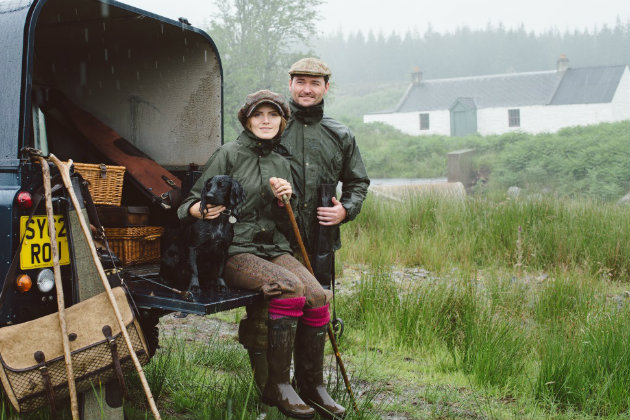
Tweed caps made by Royal Warrant holders, Campbell’s of Beauly
The joy of a tweed cap
As our sister publication, Country Life, has written in Gentleman’s Life: “Anyone who’s taken to the shooting field will know that a cap in heavy tweed is surprisingly water-tight as, when wet, the fibres swell to create a barrier, preventing further ingress of water. In particularly inclement conditions, I sport a cap from Beretta with a waterproof membrane between the tweed outer and the lining, which is ideal for diluvia of Biblical dimensions.
Practicality aside, the joy of a tweed cap is the opportunity to make a five-piece suit a six-piece suit. Say you already have a suit comprising trousers, shooting breeches, waistcoat, coat and shooting gilet—a cap in the same fabric is a practical addition and a colourful accessory that can be used independently, just as the coat can be worn as a sports jacket.”
A post shared by Campbell’s of Beauly (@campbellsofbeauly) on Nov 25, 2017 at 12:41am PST
Says John Sugden, of Royal Warrant holders Campbell’s of Beauly: ” We’ve seen a big surge in demand for caps lately, particularly our 8 piece style for men, a la Peaky Blinders, but also our feminine Affric cap for ladies. The cap is an essential for a day’s shooting – often the style reflects one’s personality.”
How are Newsboy caps different from flat caps?
These are made from the same fabric (often tweed) as a flat cap, but are sewn together from the top rather than the back, giving it its rounder body and sliced-pie look. Topped with a fabric button. Worn by Tommy Shelby in Peaky Blinders.
So the tweed cap is back in fashion. Of course it is. It has so many excellent features.
BUY NOW: Peaky Blinders ‘Newsboy” flat cap in 100% wool for £20 from Amazon
-
- Combine a tweed cap with a waterproof, collared coat and you’ll keep the rain off without the need for an umbrella
- It protects a bald head from the sun
- Tweed caps keep your head warm
- The peak keeps the sun out of your eyes
- A tweed cap should never flop or touch your ears
- Tweed is water-resistant and hardwearing so perfect fabric for a cap
- Tweed caps aren’t just worn by shooters, they’re popular with golfers and fisherman too.
Related articles
Gear product reviews
Science in colour
The art of concealment is the hunter’s superpower and camo plays a huge role
By Time Well Spent
Gear buying guides
Top stalking layers to beat the heat
Chris Dalton discovers five garments designed to cope with frosty starts to midday heat.
By Time Well Spent
Manage Consent
To provide the best experiences, we use technologies like cookies to store and/or access device information. Consenting to these technologies will allow us to process data such as browsing behavior or unique IDs on this site. Not consenting or withdrawing consent, may adversely affect certain features and functions.
Functional Always active
The technical storage or access is strictly necessary for the legitimate purpose of enabling the use of a specific service explicitly requested by the subscriber or user, or for the sole purpose of carrying out the transmission of a communication over an electronic communications network.
Preferences
The technical storage or access is necessary for the legitimate purpose of storing preferences that are not requested by the subscriber or user.
Statistics
The technical storage or access that is used exclusively for statistical purposes.
The technical storage or access that is used exclusively for anonymous statistical purposes. Without a subpoena, voluntary compliance on the part of your Internet Service Provider, or additional records from a third party, information stored or retrieved for this purpose alone cannot usually be used to identify you.
Marketing
The technical storage or access is required to create user profiles to send advertising, or to track the user on a website or across several websites for similar marketing purposes.

